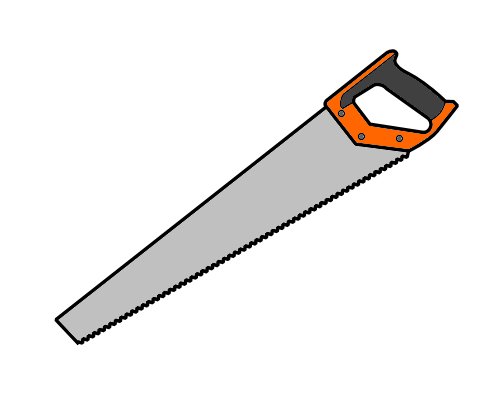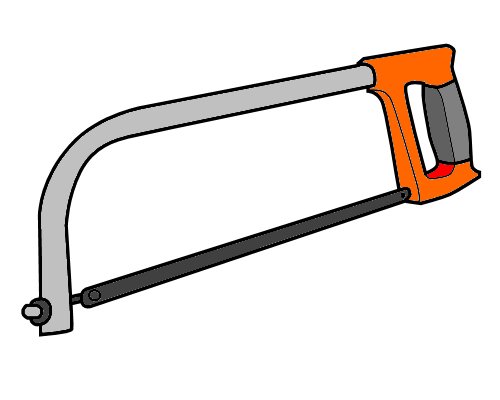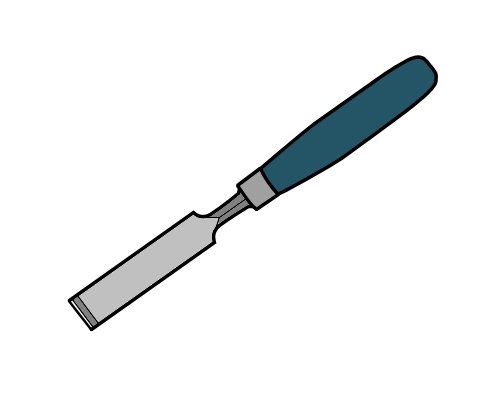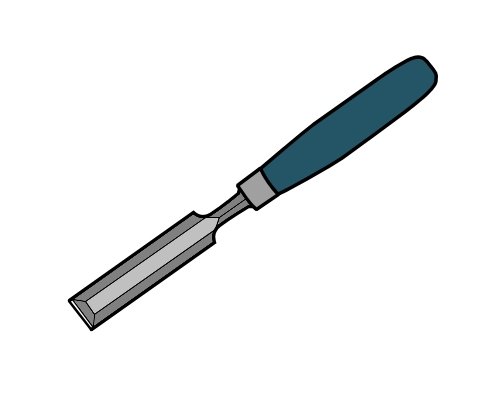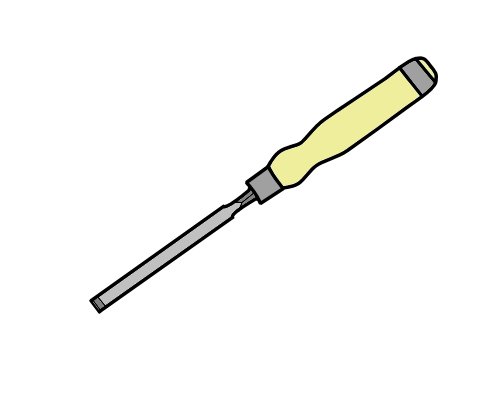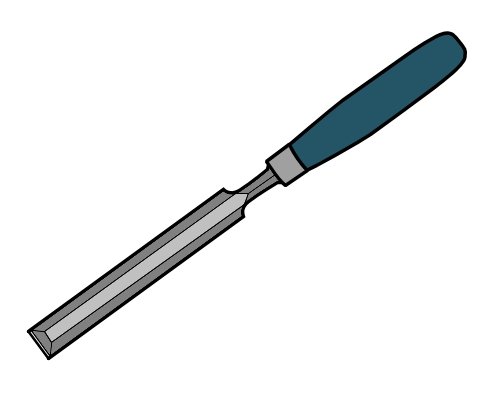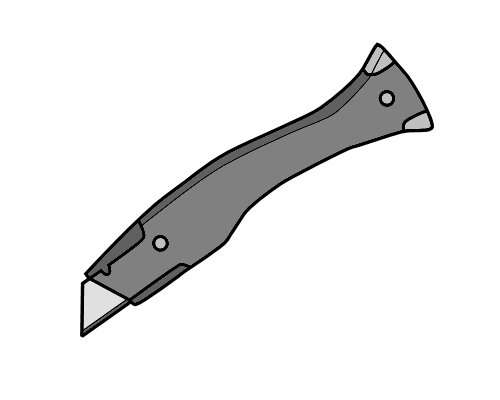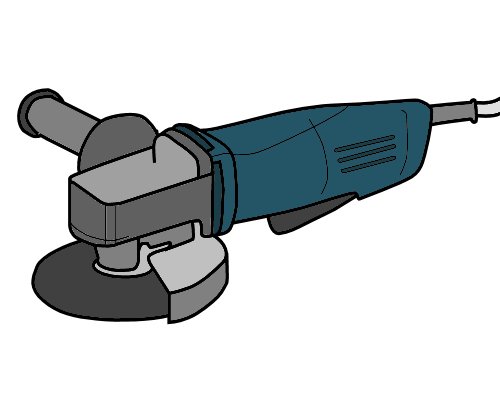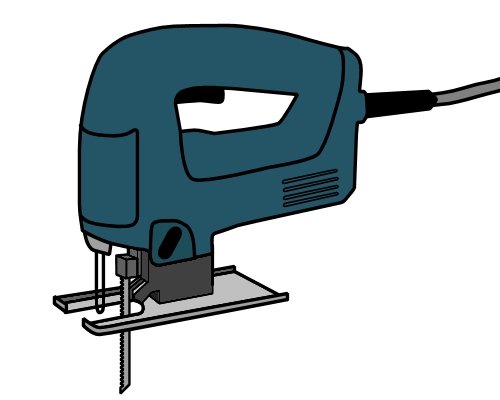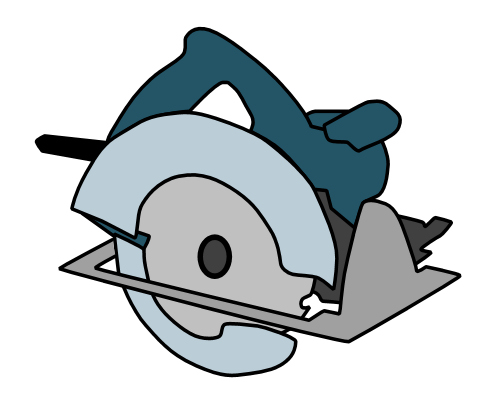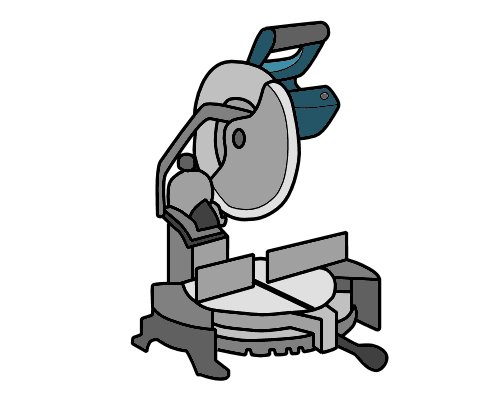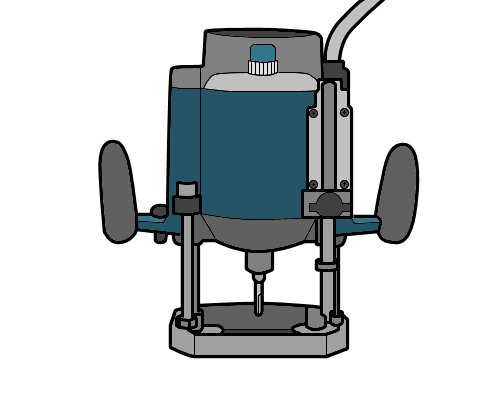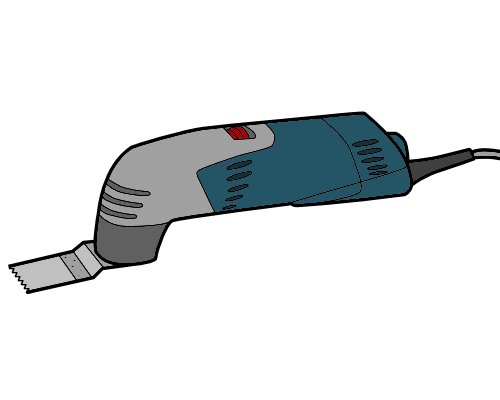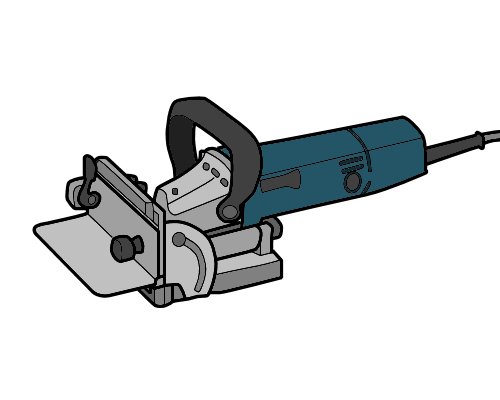Cutting, chiselling and routing
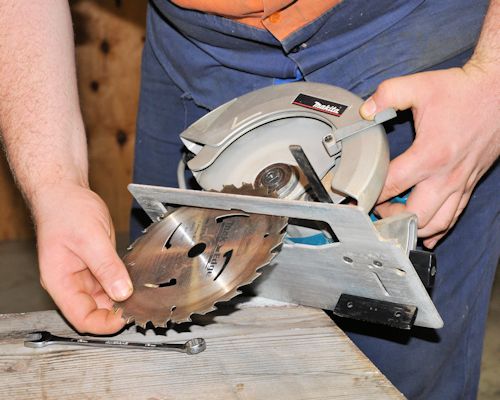 Audio for slide 1 (mp3 |6|KB)
Audio for slide 1 (mp3 |6|KB)
Some tools use a saw blade with teeth to cut materials. The blade could be circular or straight, depending on the cutting action of the tool.
Other tools use a wide flat blade with a sharp edge to do the cutting. These include knives and chisels.
A router is in between, with a small circular router bit that has a rotating cutting action.
Set out below are the main types of saws, chisels and routers you'll come across in your kitchen and bathroom work.

Other tools use a wide flat blade with a sharp edge to do the cutting. These include knives and chisels.
A router is in between, with a small circular router bit that has a rotating cutting action.
Set out below are the main types of saws, chisels and routers you'll come across in your kitchen and bathroom work.


Learning activity
Audio 16 (mp3 |6|KB)We've said above that a router is designed to cut grooves and rebates. What's the difference between a groove and a rebate?
Go to you workbook and do a simple line drawing of each one. Put a label under each drawing.
We've also said that a biscuit joiner is used to cut slots (known as 'mouths') in the corresponding edges of two pieces of material that are to be joined together.
Do you know what a biscuit looks like? Draw one in your workbook and label it. If you haven't seen one before, ask your trainer for more information, or look it up on the web.

 Go to Storage and maintenance
Go to Storage and maintenance